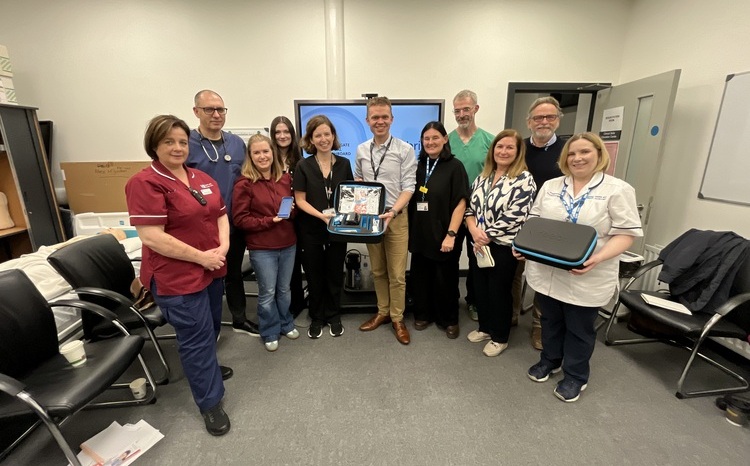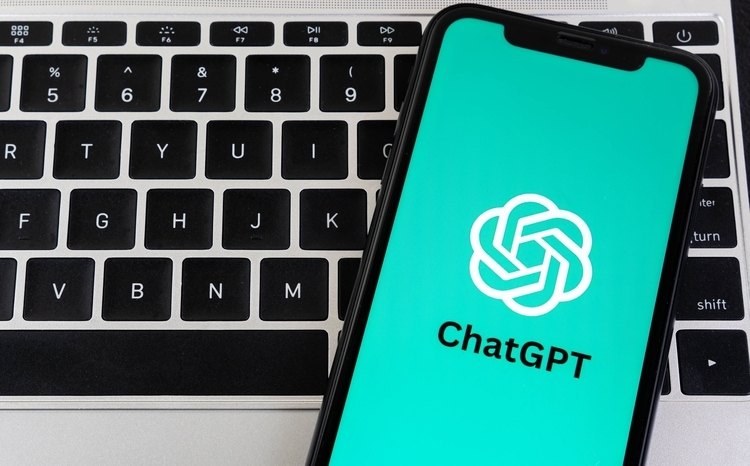What makes a winning team?
- 3 April 2008
|
Countess of Chester Hospital Team. |
The team at the Countess of Chester Hospital were worthy winners in BT e-Health Insider Awards 2007 delivering a storming presentation and answering every tough question the judges could muster.
What’s their secret? Well, there are no secrets or magic according to director of IM&T, Phil Davies, pictured with colleagues Margaret Cosens (left) and Patricia Reilly (right). He says it’s all about clear strategy, clarity of purpose and good working relationships within the team and externally.
Clear and clarity are words Davies often uses. He joined the NHS about four and half years ago from a background in financial services. He found a very good IM&T service but it had grown in what he describes as a ‘honeycomb’. “If you asked people what others did, they weren’t always very sure,” he says.
“I put in place quite a simple structure and gave people clear responsibilities. The structure didn’t constrain them but helped to define their role. We’re working across teams better now, but people know what’s required of them personally.”
The huge advantage was that the hospital had a team of good people whom he clearly admires. “I was surprised by how many had not come through the IT route. Most were ex-midwives, ex-ward clerks, ex-ward managers and an ex-psychiatric nurse.
“They are extremely dedicated, have superb competence and came into IT because they could see how it could benefit clinical care.”
Another distinct benefit, as a member of the team explained during our hospital tour, is that their detailed knowledge of clinical care and hospital management makes it hard for anyone else to pull the wool over their eyes!
Reinforced with one or two people from more traditional IT background, the Countess of Chester team have cracked through a formidable programme of work over the past few years.
The overall aim is to make as much patient data electronic as possible and make communications electronic both for the hospital and the community it serves.
At a strategic level the team’s work is led by the trust’s IM&T board. Members include the deputy chief executive, director of finance and medical director. Within the IM&T department, the senior staff team meets fortnightly: sometimes the discussion focuses on hot topics and immediate priorities, sometimes the time is set aside for forward thinking.
Most members of the 100-strong team are together in the same set of offices, a simple advantage which Davies values after managing teams in split locations. The kitchen, he says, is brilliant place to find out what people are talking about and pick up on problems that can be sorted out.
The team’s award entry listed 20 achievements at the heart of which lies a fully integrated patient care system which is fast becoming an electronic record at the hospital and at the centre of GP and community links.
The building blocks keep slipping into place. For example, late last year, the hospital’s busy medical assessment unit, switched over from a much-used old whiteboard to a 46 inch plasma screen display which uses a traffic light system to show how a patient is progressing through the tests they need to complete their assessment.
A new Mobile Clinical Assistant being tested at the hospital was creating ripples of interest, even among staff who were obviously extremely busy.
The team is helped by the trust’s commitment to invest in IT. A decision was taken in 1998 to deploy Meditech’s solutions and the hospital is still using and developing its services with the system.
Davies takes a pragmatic view of the Lorenzo system due to be delivered under the National Programme for IT.
“I think some thought it would happen quickly but they were being naïve. They hadn’t considered the amount of change that would have to happen,” he says pointing particularly to the clinical and business risks involved in switching systems.
He is content not to be at the front of the queue for Lorenzo, but will keep a sharp eye on developments and be ready to move if the balance tips in favour of a switch.
“If the environment changes we have got to start looking at it seriously and start planning for it,” he says.
He emphasises the trust’s support for the National Programme for IT; the Countess of Chester has embraced Choose and Book and was the first hospital in the North-west and West Midlands region to go live with the GE Healthcare PACS supplied under the national programme.
And when it comes to winning awards, Countess of Chester team are rather good at presentations, Davies is unashamed to admit. Team members are encouraged to offer papers to professional groups and software user meetings. “If you give, you tend to get things back – and if you don’t at least you’ve helped someone along the way.”
Have you got what it takes to be a winner in the BT e-Health Insider Awards 2008? There are seven categories open to individuals and teams working in healthcare information, communication and management technology. Tell us about the excellent work you are doing. Details at http://www.ehealthawards.com





